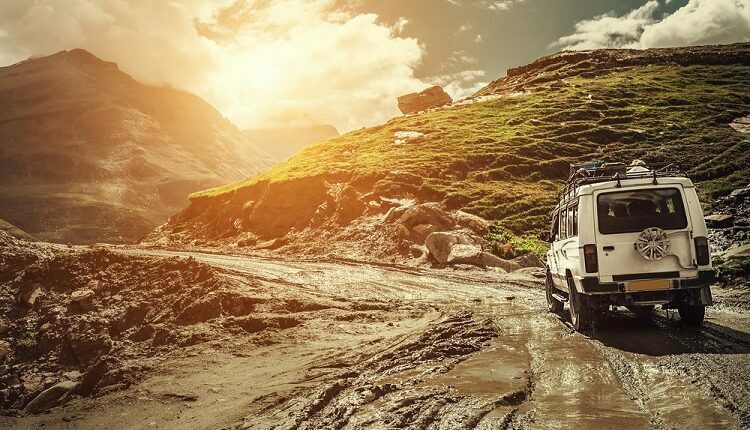What You Need to Know about Off-roading
The thrill of traversing an unpaved road, on diverse surfaces, including everything from compacted ice to sand, with stunning vistas in the background, is what makes the appeal of off-roading – i.e. literally going off the road.
On paper, of course, any experienced driver thinks he can outmaneuver rough terrain, having dealt with potholes and unpaved roads in the city. However, there is a high degree of risk; there are no side lanes to pull over, or emergency numbers to call. You’re often alone, in the wild, with only dry land or forest animals for company. In inexperienced hands, even the most well-designed and rugged vehicles will fall prey to such terrains. Get detailed information about the off-road tracks and their safety measures, on this website: https://antechauto.com
Here’s what you should keep in mind.
The Vehicle
While many an SUV is advertised with a show of ruggedness in TV and print advertising to appeal to a certain kind of audience that idolizes a rough macho vehicle, the car’s actual off-road capability, and that too for a variety of terrains must be verified. Simple superficial considerations will not let you navigate in the wild.
Further, off-roading requires terrain and weather-specific accessories. From snow tires to specialized grilles to advanced GPS mapping, off-road vehicles often come outfitted and literally ready for the off-road. To discover more about the ideal off-roading equipment visit this website: https://www.thetwincoach.com/
The Skills
No matter how rugged and well-prepared you are with your car and gear unless you know the difference between how driving on wet mud vs. sandy terrain “feels” when you are driving, you will not make it. Be mentally prepared that you are not heading out to be Rambo. A small left or right on a treacherous hairpin bend, and you could be careening down a craggy mountain abyss at breakneck speed.
The Science
An extension of the skills required for off-road driving is scientifically understanding and manipulating your car’s movement. Traction controls the grip of your tires, and you must rapidly gauge changes in tire traction in sync with the car’s current momentum – as well as future momentum because the land topography is constantly changing. At the same time, the kind of surface you’re driving on decides the friction, so you have to factor in the kind of soil (it could be slippery or dry) and figure out the best way of optimizing your drive.
Along with this are scientific principles governing your car’s movement. For example, are you aware of the amount of clearance your car has in the middle? It is vital when driving down a rocky surface. The angle that your tires and the middle of the car’s underside form can be the reason why you’re not able to clear the rock.
Therefore you have to know the car with surgical precision, and then make rapid estimates about how these will fare in real-world off-roading terrain when everything is unpredictable. A rock you’re attempting to drive over, for example, could have a shaky foundation and wobble, potentially jeopardizing your car.
Fitting performance booster gear in your car can be of great help during off-roading. Turbo kits in Australia and cold air intake systems can get the job done well. Learn more about the best off-road practices you need to carry out for your safety, on this website: www.angkorcarguide.com

